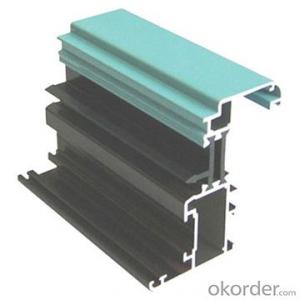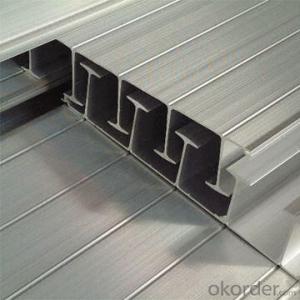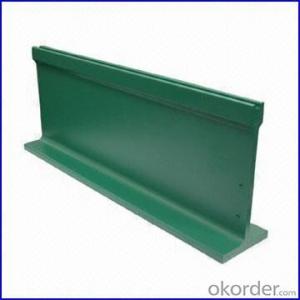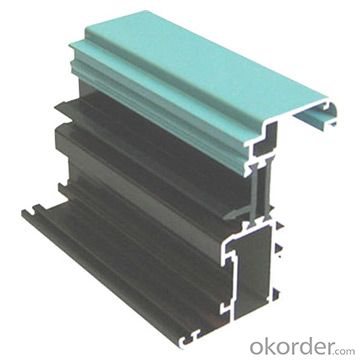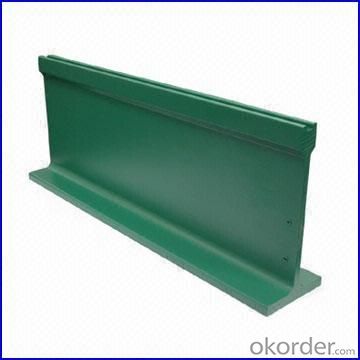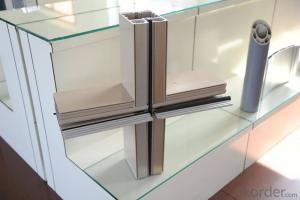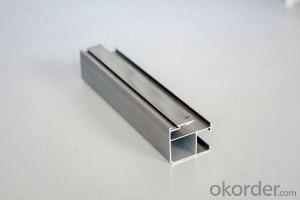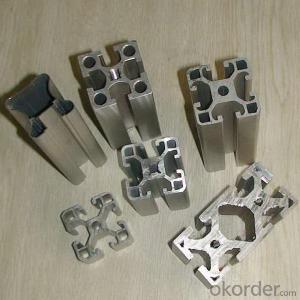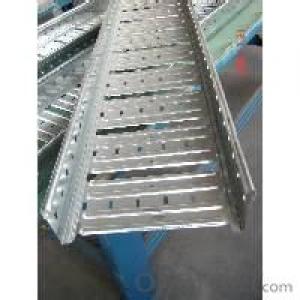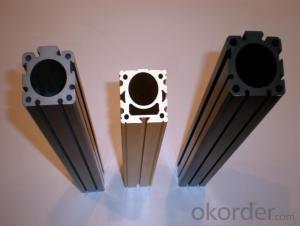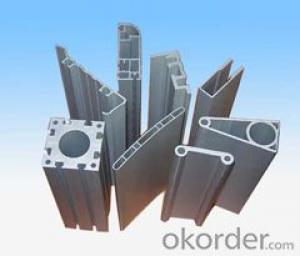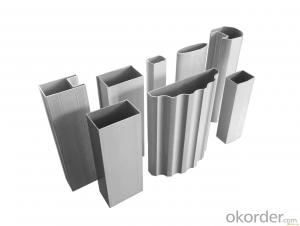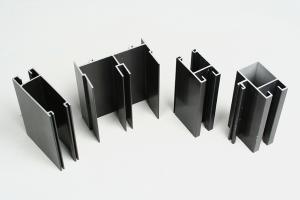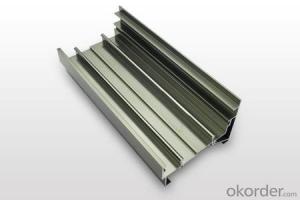Aluminum Extrusion Heat Sink Profiles for Surface Treatment Aluminum Profiles for Windows and Doors
- Loading Port:
- China Main Port
- Payment Terms:
- TT OR LC
- Min Order Qty:
- -
- Supply Capability:
- -
OKorder Service Pledge
OKorder Financial Service
You Might Also Like
Aluminium is a relatively soft, durable, lightweight, ductileand malleablemetalwith appearance ranging from silvery to dull gray, depending on the surfaceroughness. It is nonmagnetic and does not easily ignite. A fresh film ofaluminium serves as a good reflector (approximately 92%) of visible lightand an excellent reflector (as much as 98%) of medium and far infraredradiation. The yield strength of pure aluminium is 7–11 MPa,while aluminium alloys have yield strengths ranging from200 MPa to 600 MPa. Aluminium has about one-third the densityand stiffness of steel. It is easily machined,cast, drawn and extruded.
Features:
Material | Alloy 6063,6061,6005or according to customer’s choice |
Temper | T3, T4, T5, T6 |
Surface | Anodize, electrophoresis, powder coating, PVDF coating, wood grain painting, matted, etc. |
Length | Coating 6.5 meters, Anodizing 6.5 meters, Mill finish 5 meters |
Application | Industrial, electrical equipment(TV set, air conditioner, refrigerator, computer), decoration,construction, transportation |
Custom Made | We can package following with customer's request. |
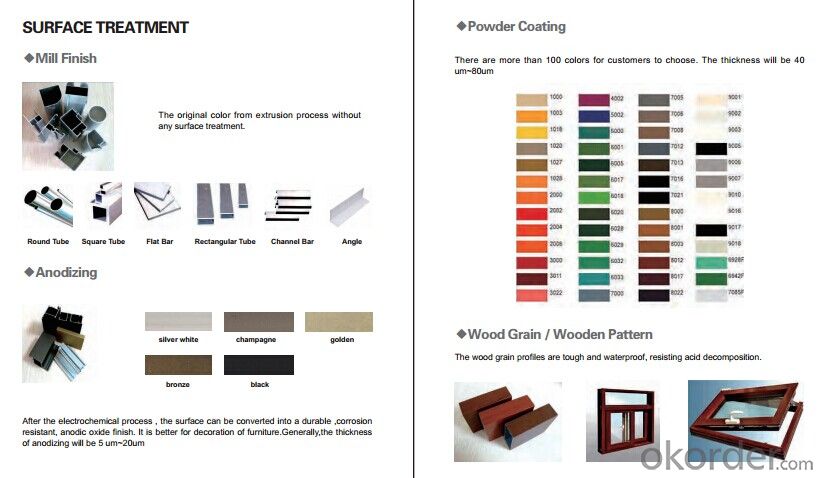
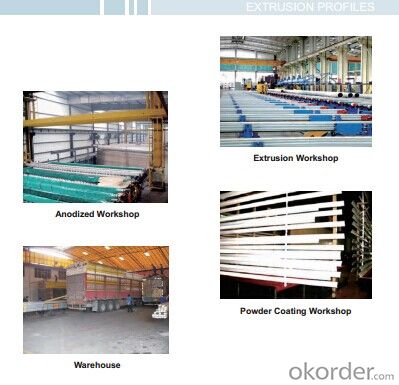
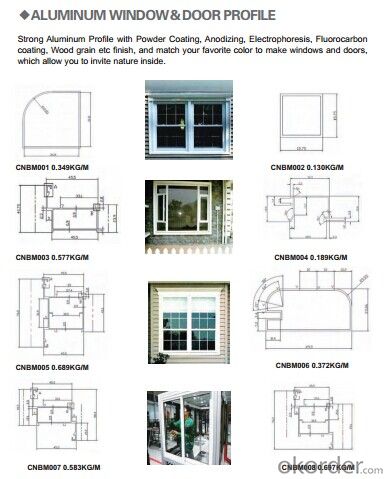
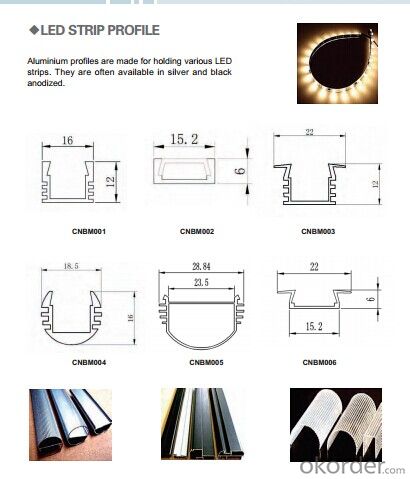
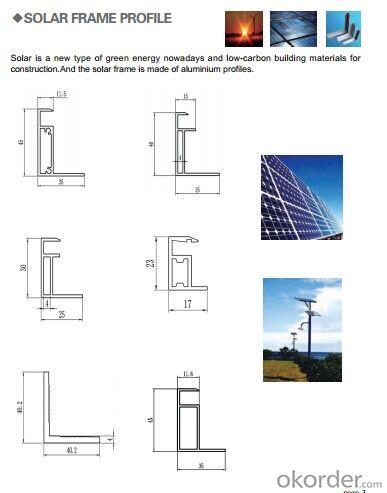
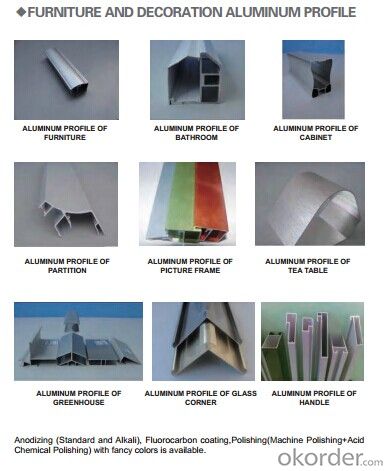
- Q: How do aluminum profiles contribute to energy-efficient lighting systems?
- Aluminum profiles contribute to energy-efficient lighting systems by providing a lightweight and durable framework for LED light fixtures. The high thermal conductivity of aluminum helps dissipate heat generated by the LED bulbs, ensuring proper cooling and longer lifespan. Additionally, the versatility of aluminum profiles allows for easy customization and integration of various components, such as lenses and reflectors, optimizing light distribution and reducing energy waste.
- Q: Can aluminum profiles be used in modular construction?
- Yes, aluminum profiles can be used in modular construction. Aluminum profiles are lightweight, strong, and durable, making them an ideal choice for modular construction projects. They can be easily fabricated into various shapes and sizes, allowing for flexibility in design and construction. Additionally, aluminum profiles have excellent corrosion resistance, which is crucial for modular structures that may be exposed to harsh weather conditions. The use of aluminum profiles in modular construction also offers advantages such as reduced construction time, cost-effectiveness, and sustainability, as aluminum is a highly recyclable material. Overall, aluminum profiles provide a reliable and efficient solution for modular construction projects.
- Q: Everybody good: please look at this section of the aluminum can not buy ready-made standard parts. If the mold needs to be opened, is it the extrusion process? About how much is the die charge?. Thank you.
- Can do, large amount of words, mold costs borne by the manufacturers. Maybe two dies.
- Q: This question asks for a list of various aluminum profiles that are utilized in the construction of building facades and cladding systems.
- <p>Aluminum profiles for facades and cladding systems come in various types, each serving specific purposes in construction. Common types include: 1. <strong>Aluminum Extrusions</strong>: Used for structural support and can be customized for specific design requirements. 2. <strong>Aluminum Channels</strong>: Often used for attaching panels or as a part of the support structure. 3. <strong>Aluminum Angles</strong>: Provide corner support and reinforcement. 4. <strong>Aluminum Flat Bars</strong>: Used for horizontal or vertical support in facade systems. 5. <strong>Aluminum Tubes</strong>: Can be used as a decorative element or for structural reinforcement. 6. <strong>Aluminum Louvers</strong>: Designed for sun shading and ventilation. 7. <strong>Aluminum Panels</strong>: Can be flat or profiled, used for the outer layer of the facade. 8. <strong>Aluminum Trims and Mouldings</strong>: Used for finishing and detailing around windows, doors, and edges. Each type is chosen based on the architectural design, structural requirements, and aesthetic preferences.</p>
- Q: Including the element parameters, the price and the difference between 6063, what is the use and so on!How about 6060 100/ meters? How much is the strength? How much is the price more than 6063?
- 6060 aluminum material compositionSi:0.3-0.6, Fe:0.1-0.3, Cu:0.1, Mn:0.1, Mg:0.35-0.6, Cr:--, Zn:0.1, others:Ti:0.15 other total: 0.15 Al: marginPerformance: tensile strength B (MPa): more than 470 conditions yield strength of 0.2 (MPa): more than 420 elongation 5 (%): 6Product features: 1. high strength, heat treatable alloy.2., good mechanical properties,.3. good usability,.4. easy processing, good wear resistance,.5. corrosion resistance, good oxidation resistanceMain uses: Aviation fixtures, truck, tower building, ships, pipelines and other applications requiring strength, weldability and corrosion resistance of the building on the field. Such as: aircraft parts, camera lens, coupler, ship fittings and accessories, electronic accessories and fittings, decoration or various hardware, hinge head head, piston, piston, hydraulic brake, electric appliance fittings, valves and valve parts.6063 aluminum chemical composition:Al Al: residual silicon Si:0.20 ~ 0.6 copper Cu: less than 0.10 mg Mg:0.45 ~ 0.9 zinc Zn: Mn: Mn = 0.10 = 0.10 Ti = 0.10 Cr: titanium chromium iron: less than or equal to 0.10 Fe:0.000 ~ 0.350 note: single: = 0.05; total: 0.15The density of 6063 is 2.69g/cm3
- Q: Are aluminum profiles suitable for use as exterior walls in residential buildings?
- <p>Yes, aluminum profiles can be used for exterior walls in residential buildings. They offer several advantages such as durability, low maintenance, and resistance to corrosion. Aluminum profiles are lightweight, which makes them easier to install compared to heavier materials. They also have good thermal conductivity, which can be managed with proper insulation to maintain energy efficiency. Additionally, aluminum can be powder-coated in various colors, offering design flexibility. However, it's important to ensure that the aluminum profiles meet building codes and standards for structural integrity and weather resistance.</p>
- Q: What does T6 mean in aluminum alloy sections?
- The aluminum alloy heat treatment process of the broken bridge aluminum profile: the specific content is as follows:T6 is the deformation of Aluminum Alloy (distinguished from casting Aluminum Alloy) a heat treatment process, is "solid solution treatment (for steel in this process is called" quenching ", everyone should be very familiar with) + artificial aging process", of which the main factor is the solid solution temperature, quenching rate (determined by the quenching medium) and the aging temperature, holding time, time series (an aging or ageing).For different alloys, the same heat treatment code, such as T6, contains values that vary from one factor to another.This process is distinguished from what is commonly known as an annealing process.This process is the key to solving the problems of strength, plasticity, reasonable collocation (high strength and sufficient plasticity) and corrosion resistance.Without deformation of alloy Txxx processing, is absolutely can not be used as a structural material, will be mine, so please rest assured that your car frame (if not from the black hearted miners workshop) must have been processed.2014 aluminum alloy commonly used heat treatment state code has T6, T62, T651 (E), different product shape processing process is slightly different.My MOSSO car shelf is 7005 alloy, the usual process is T53 (V), do not write above also know.Handlebar and handlebar immediately 6061 aluminum alloy T6The above aluminum alloys are all foreign brands
- Q: Are there any fire safety considerations when using aluminum profiles?
- Fire safety considerations must be taken into account when utilizing aluminum profiles. Although aluminum is not combustible, it can still contribute to the spread and intensity of a fire. Aluminum profiles, particularly in construction or industrial settings, can act as fuel for a fire and potentially worsen its severity. One crucial consideration is the fire rating of the aluminum profiles. Fire ratings indicate how long a material can withstand fire exposure before failing. It is vital to choose aluminum profiles with appropriate fire ratings that match the specific application requirements. This guarantees that the profiles can delay the fire's spread, providing valuable time for evacuation and firefighting efforts. Another consideration is the use of suitable insulation materials. Aluminum profiles are often used in building facades, curtain walls, and other structural applications. In these cases, it is important to ensure that the insulation materials used with the aluminum profiles are fire-resistant. This prevents the fire from spreading through the building envelope and reduces the risk of structural failure. Furthermore, fire safety measures should be implemented during installation. Proper firestopping techniques should be applied to seal any gaps or penetrations around the aluminum profiles. This prevents flames, smoke, and hot gases from passing from one compartment to another, limiting the fire's spread. Regular maintenance and inspection of the aluminum profiles are also crucial for fire safety. Any damage or deterioration should be promptly addressed to prevent potential fire hazards. Additionally, adequate fire detection and suppression systems should be in place to detect and control fires in a timely manner. Overall, although aluminum profiles themselves are not combustible, it is imperative to consider various fire safety measures when using them in construction or industrial applications. By selecting suitable fire-rated profiles, using fire-resistant insulation materials, employing proper installation techniques, and conducting regular inspections, the risk of fire can be minimized, ensuring the safety of occupants and property.
- Q: Are aluminum profiles suitable for use in exterior wall insulation systems?
- <p>Yes, aluminum profiles can be used for exterior wall insulation systems. They are known for their durability, resistance to corrosion, and ability to withstand various weather conditions. Aluminum profiles provide a strong structural framework that can support insulation materials effectively. They are also lightweight, which makes them easy to handle and install. Additionally, aluminum profiles can be anodized or coated to enhance their resistance to environmental factors, making them a popular choice for exterior insulation systems.</p>
- Q: Are aluminum profiles weather-resistant?
- Yes, aluminum profiles are weather-resistant. Aluminum is known for its excellent corrosion resistance and ability to withstand various weather conditions such as rain, snow, UV radiation, and extreme temperatures. This makes aluminum profiles a popular choice for outdoor applications such as windows, doors, and outdoor furniture.
Send your message to us
Aluminum Extrusion Heat Sink Profiles for Surface Treatment Aluminum Profiles for Windows and Doors
- Loading Port:
- China Main Port
- Payment Terms:
- TT OR LC
- Min Order Qty:
- -
- Supply Capability:
- -
OKorder Service Pledge
OKorder Financial Service
Similar products
Hot products
Hot Searches
Related keywords
